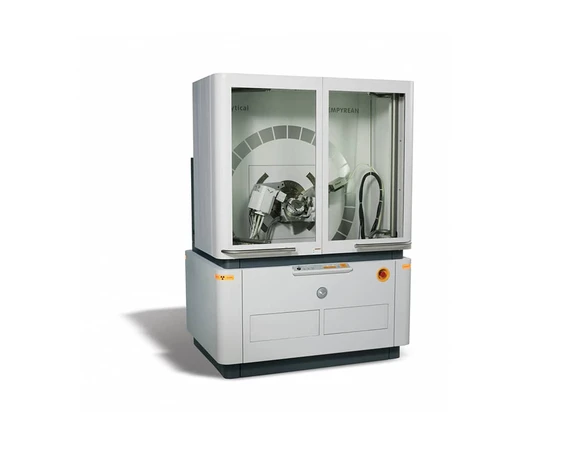Understanding the microstructure or microscopic structure of materials is of great importance for studying different compounds. Today, identification and analysis of materials are carried out in various ways, one of which is the X-ray diffraction method or XRD analysis, which we will explain below.
X-ray diffraction (XRD) method
In the phenomenon of diffraction, X-rays scattered by the atoms that make up the crystalline structure of the material under study amplify or weaken each other in specific spatial directions and create the final ray. The scattered rays amplify each other if they are in phase, otherwise the rays attenuate and cancel each other out. The difference in path created creates a phase difference. The amplification or attenuation of the rays by each other depends on the phase difference that has arisen.
Application of XRD Analysis Method
The XRD analysis method is the only direct method for determining the composition and phase structure of materials. Among the applications of the XRD analysis method are the following:
- Determination of various parameters of the crystal structure
- Qualitative determination of unknown materials
- Determination of the phase of crystals
- Determination of crystal size
- Single crystal orientation
- Lattice constant
- Lattice geometry
- Stress, strain
- Lattice defects, etc.
- It is also widely used in determining the crystal structure of materials and crystalline phases present in mineral samples.
The laboratory specialists of Abrizan Industrial Research Company are at the service of esteemed customers from all over the country by providing the best quality XRD analysis services and presenting and interpreting the analysis results in the fastest possible time.



